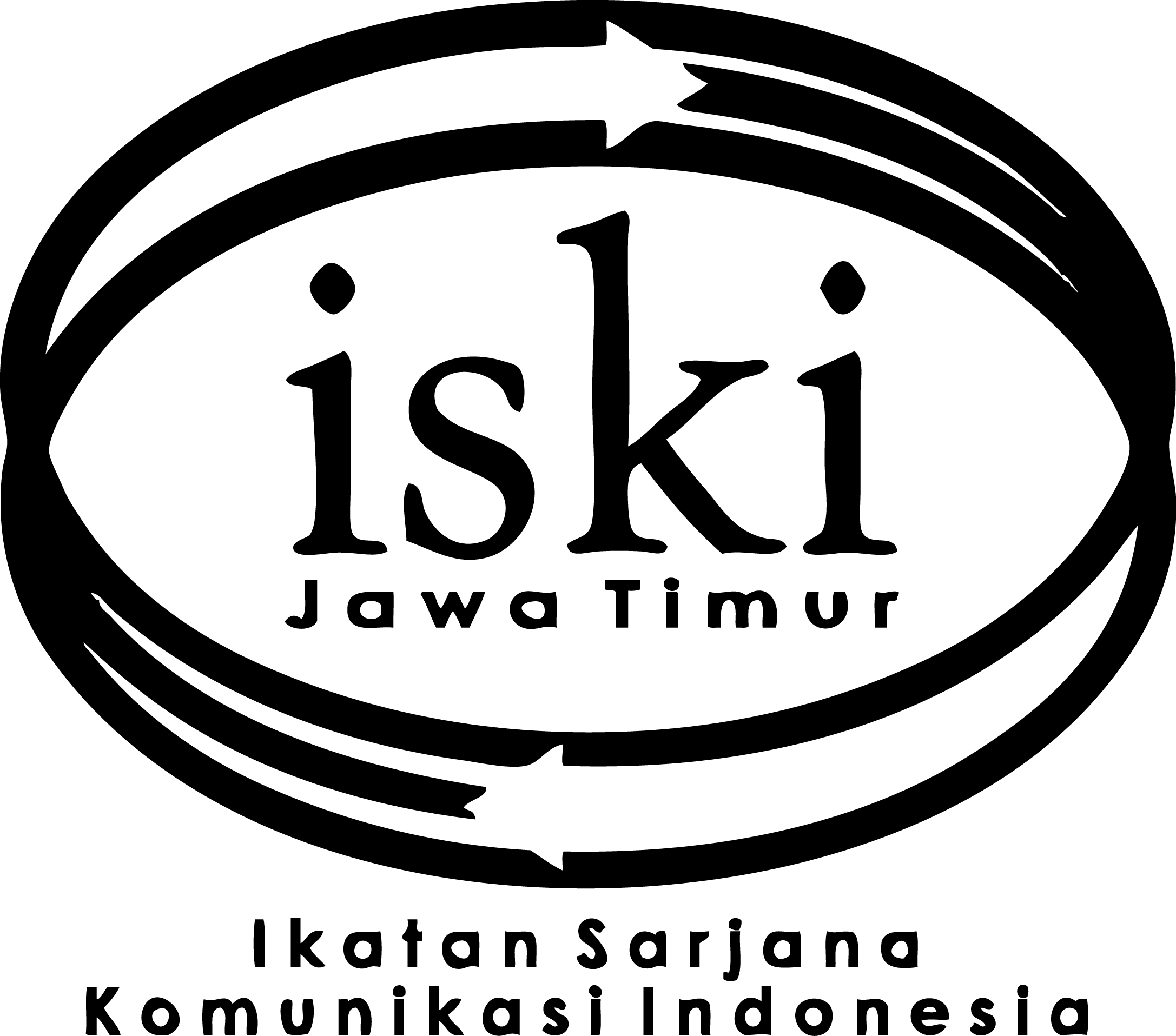Deconstruction of Hegemonic Resistance in the Documentary American Factory
DOI:
https://doi.org/10.37826/spektrum.v12i1.706Keywords:
capitalism, hegemony, culture, film, documentaryAbstract
Capitalism permeates all cultural and ideological contexts of everyone, including those who consciously uphold the principles of socialism. A Chinese company called Fuyao, is a company engaged in the production of car glass on an international scale. In an effort to increase the company's production, Fuyao Glass America is immersed in the hegemony of capitalism in the midst of intercultural communication problems that actually become important issues and must be resolved internally in the factory. The context of capitalist hegemony along with ideological conflicts and intercultural communication is what the documentary American Factory depicts. Using Teun Van Dijk's critical discourse analysis, researcher wanted to look at the text, cognition and context as a whole that took place in the documentary. Researcher found in depth at the text manifested from dialogue, images, scenes and visualizations, the cognition manifested from the actors of filmmaking including the production house that houses its distribution, as well as the context of intercultural communication issues and ideological battles that exist in it. As a result of this study, the documentary American Factory is a representation of the Chinese version of capitalism presented through policies and doctrines to the workers of Fuyao Glass America company in an effort to increase company productivity and capital investment in the United States.
References
American Factory: A Conversation with The Obamas. (2019). Netflix.
Arisanto, P. T., & Adi Wibawa. (2021). Perang Dagang Era Donald Trump Sebagai Kebijakan Luar Negeri Adaptif Convulsive Amerika Serikat. Indonesian Journal of International Relations, 5(2), 163–183. https://doi.org/10.32787/ijir.v5i2.222
Barton, J. (2013). Intentio operis (pp. 11–24). https://doi.org/10.5871/bacad/9780197265420.003.0002
Dony Hermansyah, K., & Kesenian Jakarta, I. (2018). Kesalahan Pemikiran tentang Riset dalam Pembuatan Film Dokumenter. IMAJI, 10(2), 93–102.
Goldsberry, C. (2020, February). Supply Chain. Plastictoday.Com.
Haryatmoko, D. (2016a). Critical Discourse Analysis (Analisis Wacana Kritis): Landasan Teori, Metodologi, dan Penerapan. Rajawali Pers.
Haryatmoko, D. (2016b). Critical Discourse Analysis (Analisis Wacana Kritis): Landasan Teori, Metodologi, dan Penerapan. Rajawali Pers.
Junaidi, M. M. (2021). HEGEMONI KEKUASAAN ANTONIO GRAMSCI DALAM CERPEN “ SHARAHKH AL-QUBUR ” KARYA KAHLIL GIBRAN. Jurnal Bahasa Lingua Scientia, 13(1), 1–25.
Lado, C. R. (2014). JURNAL E-KOMUNIKASI PROGRAM STUDI ILMU KOMUNIKASI UNIVERSITAS KRISTEN PETRA, SURABAYA. Jurnal E-Komunikasi, 2(2).
Liu, B., Chen, H., Yang, X., & Hou, C. (2019). Why Work Overtime? A Systematic Review on the Evolutionary Trend and Influencing Factors of Work Hours in China. Frontiers in Public Health, 7(November), 1–15. https://doi.org/10.3389/fpubh.2019.00343
McDonell, S. (2021, September 24). Mengapa Xi Jinping memimpin China kembali ke sosialisme setelah berkembang dalam “kapitalisme versi Tiongkok.” Bbc.Com.
Rosner, D., & Markowitz, G. (2020). A Short History of Occupational Safety and Health in the United States. American Journal of Public Health, 110(5), 622–628. https://doi.org/10.2105/AJPH.2020.305581
Sugiyanto, B. A. W. (2023). ANALISIS WACANA KRITIS RELOKASI PKL MALIOBORO DALAM MEDIA LOKAL YOGYAKARTA CRITICAL DISCOURSE ANALYSIS OF MALIOBORO STREET VENDOR RELOCATION IN YOGYAKARTA LOCAL MEDIA. JURNAL STUDI KOMUNIKASI DAN MEDIA, 27(1). https://doi.org/10.17933/jskm.2023.4909
Wahyuddin, I. (2016). Pemikiran Karl Marx tentang dialektika. Tasamuh : Jurnal Studi Islam, 8(2), 211–242.
Downloads
Published
How to Cite
Issue
Section
License
Copyright (c) 2024 Jurnal Spektrum Komunikasi

This work is licensed under a Creative Commons Attribution-ShareAlike 4.0 International License.
























